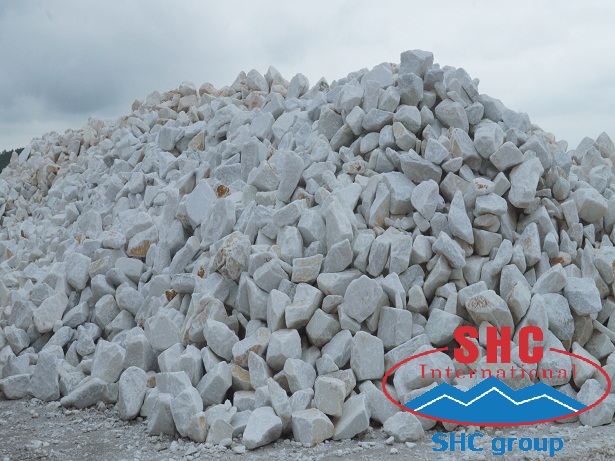Temperature and retention time in conditioning can affect feed production, pellet quality, and consequently bird performance. Conditioning therefore is an important part in the pelleting process.
Conditioning the feed is an important part of feed processing. When mash feed passes through the conditioner, it is exposed to high pressure steam. This steam provides the heat and moisture required for starch gelatinisation, particles adhesion and removal of pathogens in the mash. The steam temperature and retention time in the conditioner are two important factors that can influence pellet quality, defined with the so-called pellet durability index (PDI) and the hardness level of the pellet.

Effect of retention time and steam
Previous studies showed that the optimum temperature for producing high quality pellets is 80°C, and the minimum retention time in the conditioner is 30 seconds. In conditioners with a high retention time, feed undergoes a three to four minute conditioning process in order to improve the adhesion characteristics of the pellet. A higher retention time in the conditioner causes more moisture penetration into the feed particles, and can be obtained through reducing peddle movement for example. A study by Attar et al., (2017) demonstrated that increasing the retention time of the mash diet in the conditioner (with a constant temperature) increases the PDI and hardness. Briggs et al., (1999) found that increasing the retention time (from 5 to 15 seconds) in the conditioner and adjusting peddles’ angle increased the PDI from 42.2 to 72.2%. Steam temperature can also have a great effect on pellet quality. Abdollahi et al., (2011) reported that steam conditioning feed at 60, 75 and 90°C improved PDI by 490%, 508% and 541% and hardness by 226%, 275% and 433%, respectively compared to dry conditioning. But while increasing temperature in the conditioner can enhance pellet quality, it can also lead to biochemical reactions which in turn can decrease nutrients availability and negatively affect the beneficial effects of pelleting. Winowiski (1985) for example, demonstrated that adding high moisture or high temperature to the mash feed resulted in lower pellet quality and reduced production rate.
Reduce the microbial load and improve FCR
Temperature and retention time in conditioning can affect feed production, pellet quality, and consequently bird performance. The main advantage of feeding pellet to farm animals is the improvement of growth performance through feed intake, weight gain and feed conversion ratio (FCR). Birds fed a pellet diet compared to those which receive a mash diet consume less energy for example. Bedford et al., (2002) demonstrated that weight gain and FCR decreased when temperature in the conditioner was increased. Amirabdolahian et al., (2014) reported that pellets, produced at 72°C compared to 82°C, significantly increased feed intake in broilers (1-49 days of age). They also showed that pellets, conditioned under 82°C, improved FCR in broilers. The researchers explain these effects as being the result of breaking down disulfide bonds during the conditioning process, hence increasing digestibility of nutrients in the intestine. An added effect is that conditioning at high temperatures (like 82°C) reduced the microbial load (pathogens) and can therefore improve FCR. Attar et al., (2017) showed that conditioning feed with 70°C steam for 2 or 4 minutes could numerically improve FCR in finisher broilers (24-45 days of age). They concluded that improved FCR in broilers may be due to the physical quality of conditioned feed compared to non-conditioned one and an improvement in PDI and hardness was observed in conditioned pellets. Abdollahi et al., (2011) reported that steam conditioning feed with 60°C, 75°C and 90°C improved weight gain in starter broilers compared to dry conditioning. The improvement of FCR in broilers fed conditioned feed compared to non-conditioned may be attributed to starch gelatinisation, enhanced energy digestibility and reduction of anti-nutritional factors (like trypsin) in the feed.
Conditioning the feed before pelleting
Conditioning of the feed mash can increase the quality of the pellet. The conditioning process can gelatinise starch in grains and make crystalline structure of starch available for enzyme reactions, which lead to better nutrient digestibility at animal level. The benefits gained from conditioning the feed before pelleting is of particular interest in young birds (animals) that still have an undeveloped enzymatic system and therefore need highly digestible nutrients.
By Amir Attar, Alireza Abbasipour and Samira Hassanpour, New Millennium Feed Processing, Iran





COMMENTS:
Itarrieta Reply
Q You are a public advocate as well as a clinician researcher who describes global breast cancer research and clinical trials as a win win cialis online pharmacy
24/11/2022